Compositions
“I always wanted to make up music, I guess that’s how my brain is wired. Making up music is of course as natural a thing as playing and singing and dancing, and only in an overly organized society, where we are taught to play the page, the whole page and nothing but the page, does it become a specialism. When composers still wrote great music (what of today’s classical output compares to the St. Matthew Passion?), they all were instrumentalists as well, and I wonder in how far the works created by today’s “specialists” will have a future similar to the opera seria of the 18th century (who today listens to Mozart’s La Clemenza di Tito?). Music is spontaneous, and it can only stand so much sophistication. But then, this opinion can also reflect a limited appreciative capacity on my part. I am not a genius, far from it - on the other hand, many things people are into at any given time prove of little value a few generations later.”
Works by René
A selection of pieces contain a linked PDF sample of the sheet music. Please click on the link to access:
With orchestra
Tango concerto (2000)
Tessa concerto (2002)
Konzertsatz for double bass, timpani and strings (2000s)
Konzertsatz for oboe d’amore, cello and strings
For the Beauty of the Earth for strings, flutes, children’s choir, and continuo
With continuo
Sonata en la (1990, parodying rococo sonata)
Artemisia (1990s, lost)
Sonata Guilhelmina (lost)
La Sylvania and La Mimosa, fantasias, on two songs shown in Ortiz’ Tratado de Glosas (1553), for violoncello piccolo
L’Alcazar, variations on Luther’s original version of Feste Burg (Mighty Fortress), for violoncello piccolo
Cello duos
Grand Duo Concertante (2002)
Variations on an Anthem (Big Wilhelmus, 2002)
Sophisticated Lady arr. (2017)
Little Wilhelmus (2017)
With piano
L’Esprit de la Révolution (ca. 2010)
Jewish Rhapsody no. 88, “Budapest”
Arrangements:
Can’t let Go
You’re No Good
Solo
Suite #7 BMW 1017 (1990)
Short early works for cello and gamba (early 1990s)
Herzog Ellingtön sonata (1993?)
Clevelander sonata (late 1995?)
Methodical variations (1994) for CGdg tuning
Sentimental Watch (2 American standards, 2017 for CGdae’)
Variations on Yesterday (2018)
You’re No Good + chaconne (2019 world premiere Oberlin Jan 16)
Kronstadter Partita, suite in g minor in Bach’s style, of which the Prelude is currently finished.
Arrangements for cello solo:
In the mood
Overture Figaro
March from Figaro
Overture Midsummer Nights Dream String quintet (0/0/2/2/1)
Jewish Rhapsody 4 (Olenu)
Jewish rhapsody 6 (Schneür Salman)
Jewish Rhapsody 7 (Kaddish) -
Jewish Rhapsody 8 (Ovos)
Jewish Rhapsody 9 (Dudele)
Farewell Sweet Chariot (2011?)
Arrangements
Mendelssohn Fingal’s Cave
Wagner Meistersinger overture
Gamba consort
Completions
Monteverdi l’Orfeo - alternative ending
Mozart Requiem - Lacrimosa (click here to listen!)
Four recercadas by Diego Ortiz and El Ganzo de la Riñonera
Follies Sylvaniennes, René’s version of Marais’ Follies d’Espagne, with half of the variations by René, for violoncello piccolo or viola da gamba
Ideas
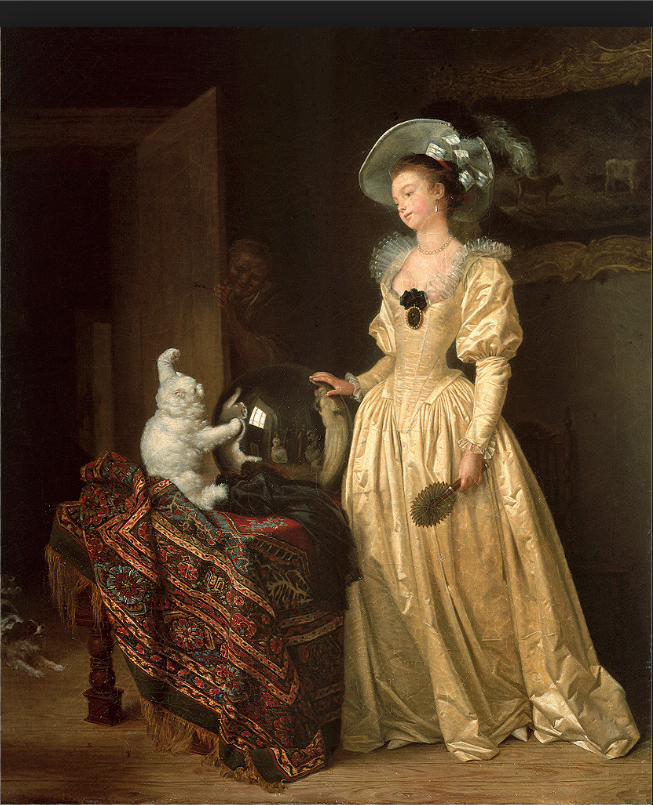

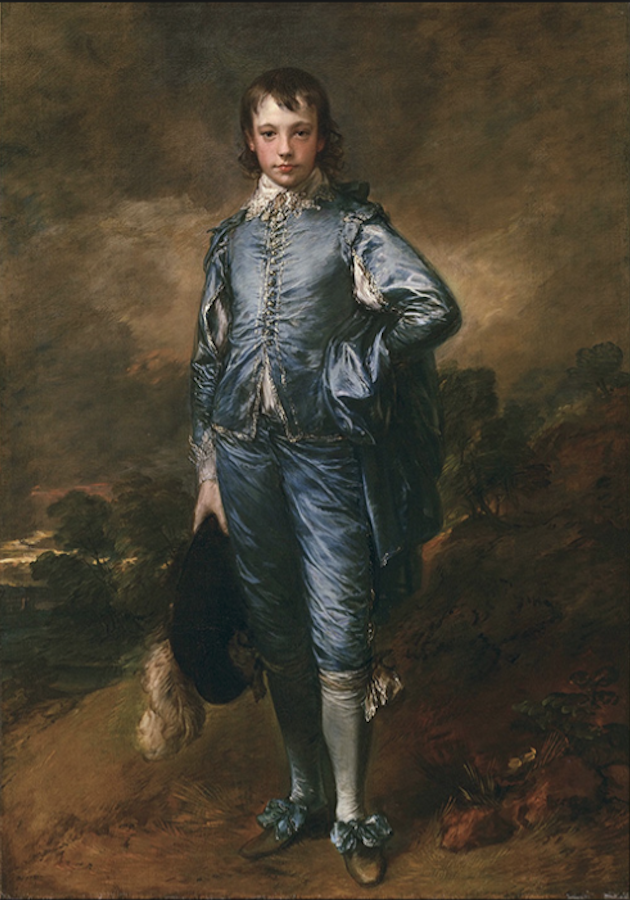
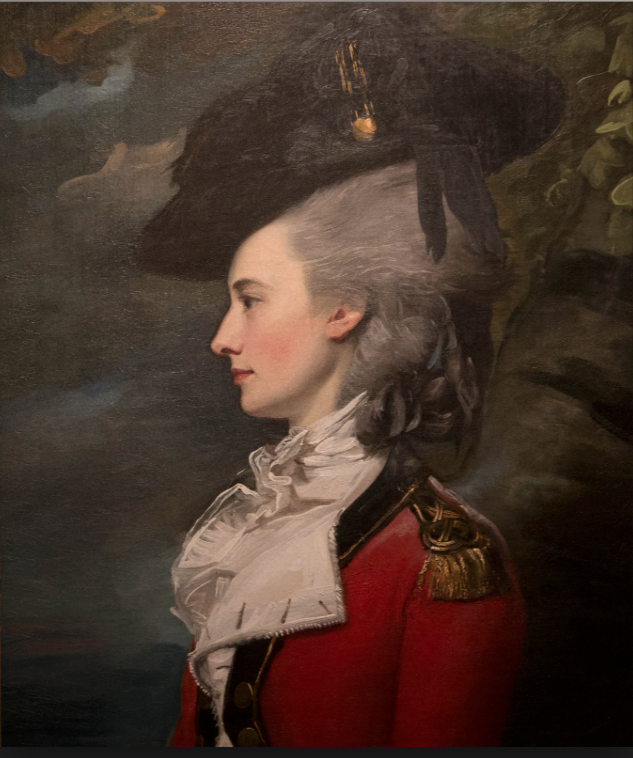
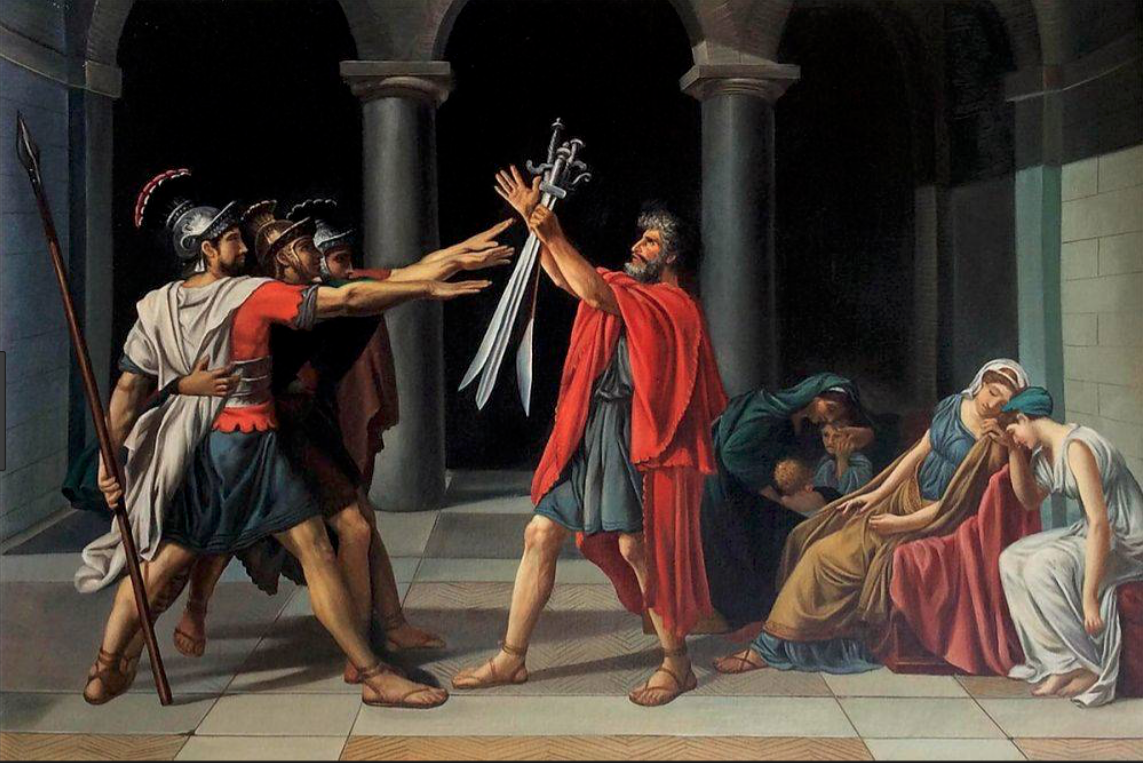
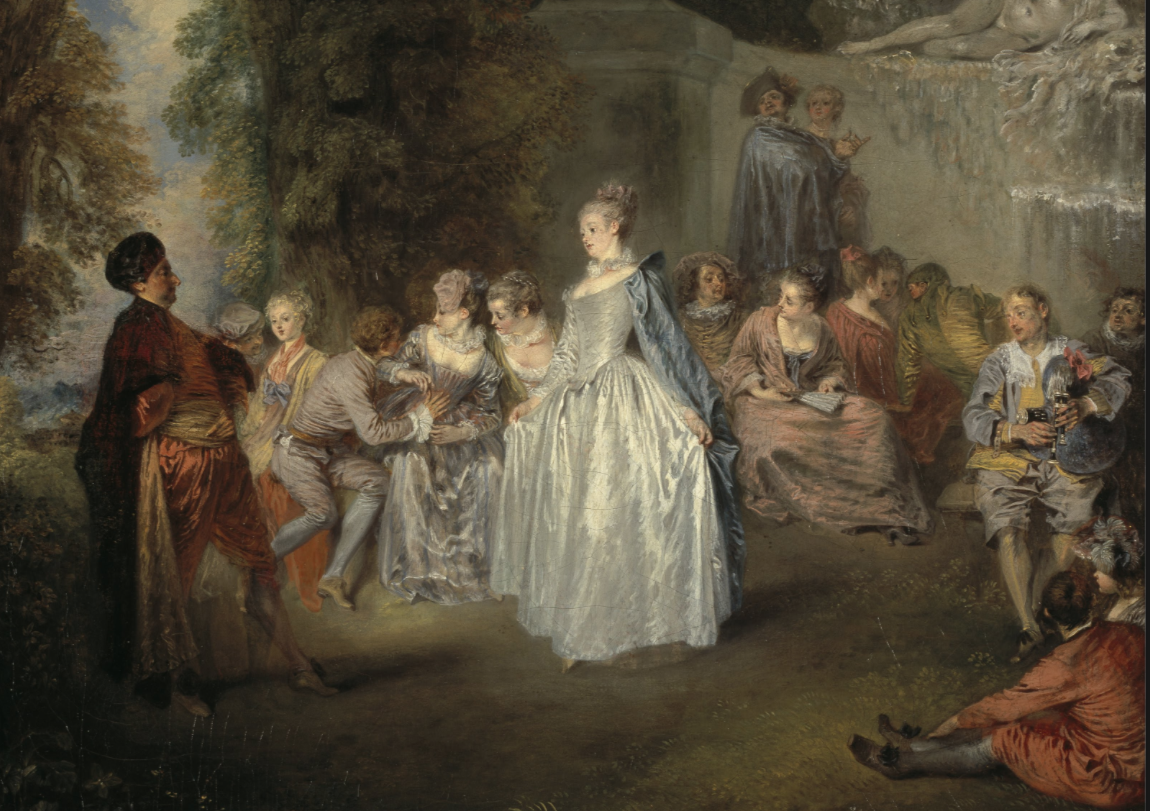
Music and Art
Art, literature and music, also architecture, dress codes, as far as they are collective (the suit, the 18th century wig, even todays’s horrible flimsies we must wear in hospitals, where human beings no longer have dignity, that’s what the religion of science does to us), pop culture, all express something about the culture we live in. In my blog, I will elaborate on these identifications, here I would just name two of my favorite connections between composers and painters, two pairs I have never questioned ever since I first thought of them: Rembrandt (1606-1669) and Bach (1685-1715), Handel (1685-1759) and Rubens (1577-1640). The latter both are northerners who learned their style in Italy, the former are northerners who remained in the Germanic North most of their lives. One pair to give protestantism its greatest beauty, another to do the same for catholicism. One pair to highlight the unbridled Latin energy of the South (but with a Germanic rational control), the other to explore the deepest existential contemplation of the North. One pair as international as can be, the other pretty local, though probably not as local is Immanuel Kant who seems never to have left Königsberg, and to whose walks people in the street set their watches.
Why the discrepancy in time? Because the development of tonality in music was lagging behind perspective in painting, so that the culmination of the baroque could happen earlier, in Rubens’ case much earlier, in painting than in their music. Yet I stand by my pairs; such that when a Rubens exhibition needs music, I believe one should play Handel, not music from Rubens’ time, which, in my humble but adamant opinion, expresses something else, something either more ethereal, or more direct, in any case is too archaic and too direct to cover Rubens’ opulence.
Try to tell this to a museum curator. Of course, once we leave the path of scientifically determinable features, we are on tricky grounds: perhaps the biggest mistake I have ever witnessed in this area was a documentary about Napoleon accompanied by music from the the court of Louis XIV: for me entirely the wrong combination, in view of what each of both cultures stood for.
———
Authenticity
Someone once told me that there are now groups who play concerts reproducing, note for note, some of the great jazz recordings of the past. If that is true - the grapevine is quite an untrustworthy medium - then we have here a great example of what historical performance, to me, is not. Those old recordings were improvised, and though it may be very valuable to exactly imitate an artist as a learning experience, an authentic performance would be to familiarize oneself with the improvisation idiom of the artist, and then make one’s own improvisations. Historical performance is not about recreating past performances, but about rediscovering a lost musical idiom. Every style has its own way of performing, its own language. Linda Ronstadt’s recordings make that clear.
This is actually a picture of my sister, she used to look a bit like Linda. In the 1980s, this rock star branched out to about half a dozen different musical styles, and each of those styles she sang in such a completely different idiom, with such enormous differences in the use of her voice, that you sometimes don’t hear it’s the same person singing. Here’s the point: Linda Ronstadt wouldn’t have been caught dead singing - that’s just an expression, no one gets caught dead singing - … an American standard in the style of Puccini. But that is exactly what we have been doing to Bach for the last 100 years! Classical music as we know it is performed in a style based on the sound-oriented melodic idiom of around 1900 where every note is played as beautifully as possible, and where the agogic determinant is purely melodic. I hope to explain what that is in another video. This style has - wait for it - nothing whatsoever to do, and very little in common, with Bach’s musical idiom. My modern colleagues …
… claim of course that they do not play Bach the same way as Puccini, which is true, but what they call style is an intuitive modern assessment of how music should be played based on the Puccini singing style from the early 1900s. A jazzified version of the the Air on the G String is not more foreign to Bach’s musical language than a modern classical performance today. The very name proves my point! In his wildest dreams, Bach wouldn’t have imagined a single note of that piece to be played on the G string! He would also have expected some improvisation to occur, something a classically trained player is explicitly forbidden to do. In certain ways, the jazz style is closer to the baroque than the classical style we have all been trained in. In its approach toward the notes, it has a freedom that classical music has all but lost.
Only when we realize that baroque playing has nothing to do with what we call classical music, we will be able to understand better that historical performance is not some cute rarity performed by some geeks in the margin, but a way to recapture a lost musical idiom essential to baroque music if you wish to be authentic the way Linda Ronstadt was authentic on her performance. Had we had recordings of Bach playing, we would not have to study the written sources so diligently, we would just study those recordings the way Linda studied Frank Sinatra and Lola Beltran (and got to sing with them too). We don’t have recordings, so we have to be historians, which poses a problem because historians are not musicians and we need to be both.
I am not telling anyone what to like. A jazz lover would prefer a jazzified version of Bach’s music to Bach’s own idiom, a Cleveland Orchestra fan will probably prefer to hear it played ... by the Cleveland Orchestra (it is an orchestra piece after all). I’m only pointing out that both styles are as different from Bach’s musical idiom as they are from each other. It is fascinating to me how unaware a culture is of its own changes.
Ignorance is not knowing what we don’t know…


